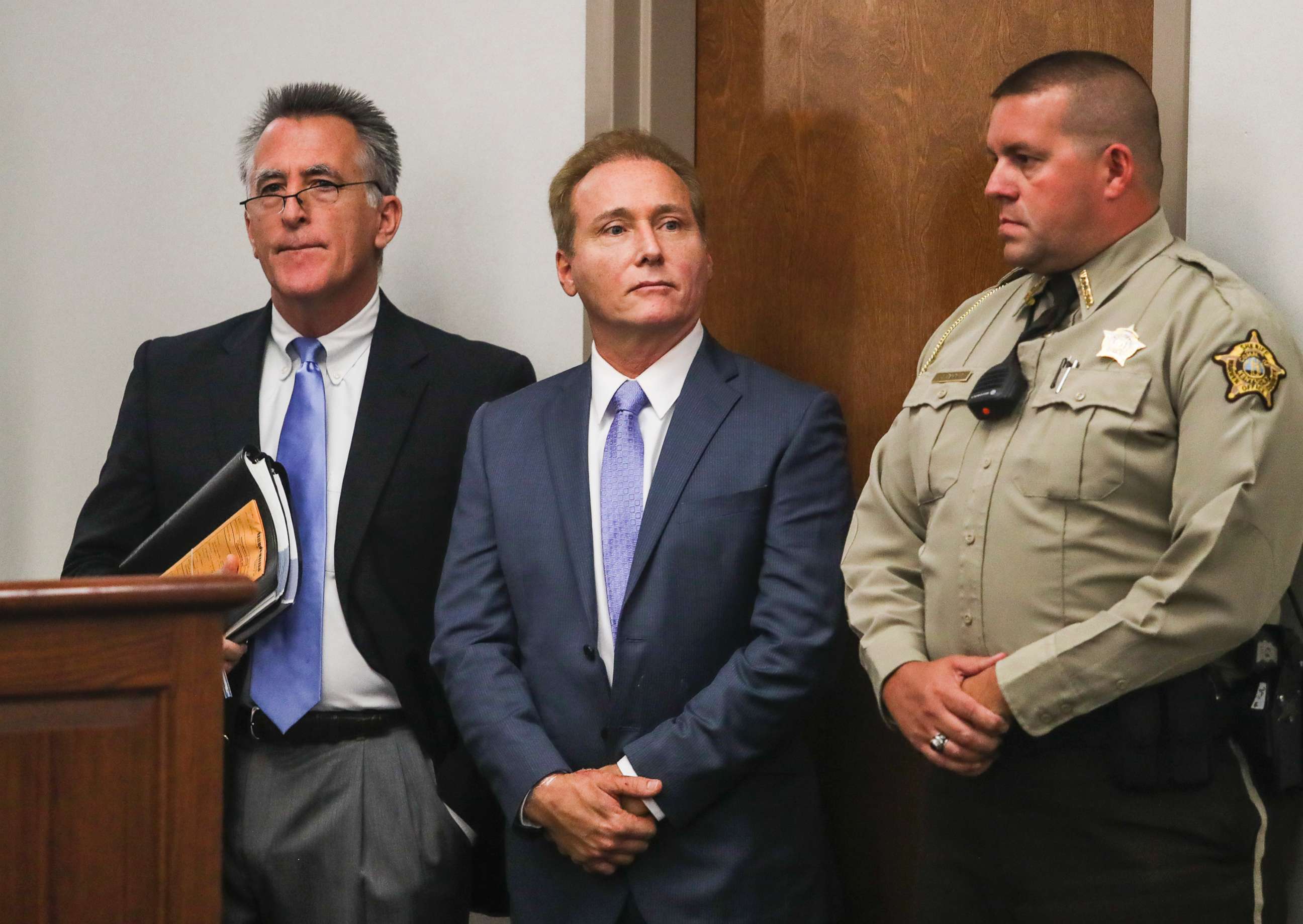Rand Paul's rib fracture: What you need to know
Paul said his doctor's report shows six broken ribs and a "pleural effusion."
— -- After initial reports that Kentucky Sen. Rand Paul had been injured in an altercation with a neighbor, the senator tweeted about his injuries Wednesday indicating they may be more serious than originally thought.
“A medical update: final report indicates six broken ribs & new X-ray shows a pleural effusion,” he said.

Below is more information about what a rib fracture could mean for the senator’s health.
What is a rib fracture?
Rib fracture, meaning a break in one or more of the ribs, is a fairly common injury following physical trauma. Ribs can be broken in a car accident, in a fall, or by a direct impact.
In fact, 10 percent of all trauma patients suffer from rib fractures and this figure rises to about 30 percent for those who experience trauma directly to the chest. Simple rib fractures are most common and require little treatment beyond painkillers and rest. Complicated rib fractures, on the other hand, may take longer to heal and can even require surgery.
How serious is it?
The chest contains a lot of vital organs and an intact ribcage is important to protect them. If one or more ribs is broken, this protection is compromised.
But that’s not the only thing that can go wrong when ribs are broken. In some cases, bleeding can occur in the chest. The worst cases can lead to collapse of a lung –- a condition known as pneumothorax. Serious rib fractures also introduce the possibility of infection of the lungs, for example pneumonia.
What is a pleural effusion?
Another medical issue cited in the senator’s tweet, a pleural effusion, can develop after a rib injury.
The condition develops when inflammation and changes in pressure cause fluid to build up in the chest. Doctors diagnose this condition using a chest x-ray; it shows up as fluid around the lungs. Pleural effusion can happen days, or even weeks, after an initial injury. Sometimes this fluid can become infected or may need to be drained if the person has trouble breathing. Pleural effusion often resolves on its own, unless it is too large.
How long does it take to recover from rib fracture?
It may take anywhere from six weeks to six months for rib fractures to fully heal. Doctors say the priority during this time is pain control. Without appropriate pain management, people with rib fractures are unable to move well or breathe deeply -- which can put them at risk for more complications, such as pneumonia or collapsed air sacs in the lungs.
Besides pain medications, doctors will sometimes use an elastic abdominal binder to stabilize the patient’s torso.
Multiple rib fractures and fractures in older adults are more dangerous. But, rib fractures are common and most people make a full recovery.





